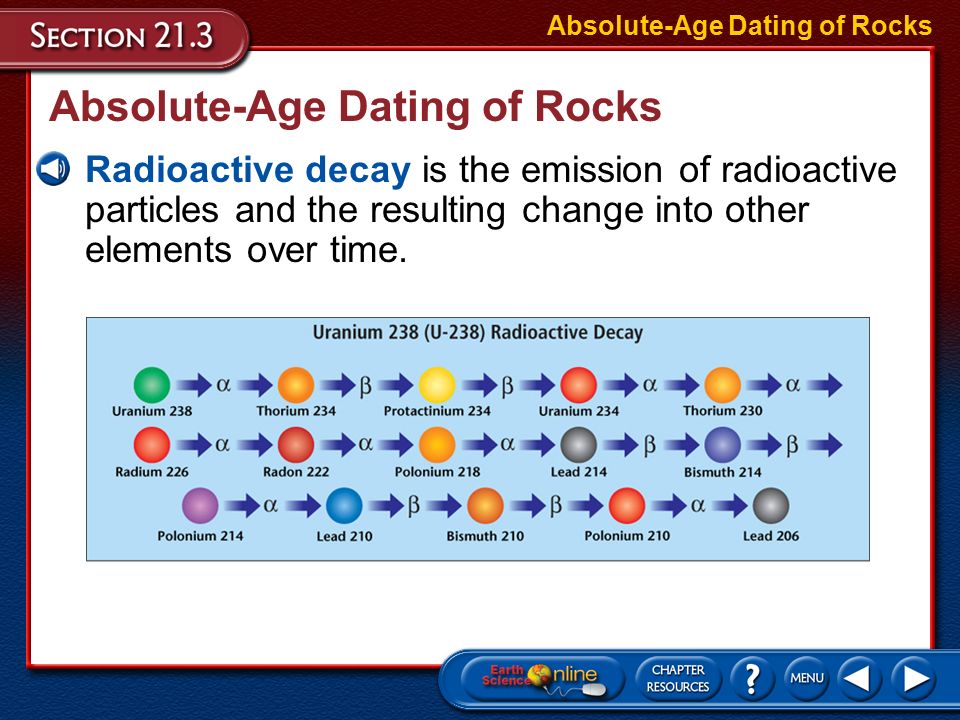
Radiometric dating is a method used to date rocks and other objects based on the known decay rate of radioactive isotopes. The decay rate is referring to radioactive decay, which is the process by which an unstable atomic nucleus loses energy by releasing radiation. RADIOMETRIC TIME SCALE that relates radioactive decay to geologic time is called the age equation and is: Dating rocks by these radioactive timekeepers. Radiometric dating or radioactive dating is a technique used to date materials such as rocks or carbon, in which trace radioactive impurities were selectively incorporated when they were formed. The method compares the abundance of a naturally occurring radioactive isotope within the material to the abundance of its decay products, which .
Dating Rocks Using Radioactive Decay. Radiometric Dating: Problems with the Assumptions | Answers in Genesis

Nitric acid from the stratosphere is deposited in the springtime, and causes a yearly layer in electrical conductivity measurement. The electron-capture decay mentioned above does not take place in cosmic rays until they slow down. The Cardenas Basalt lavas erupted not long before fossil-bearing sedimentary layers were deposited on dating rocks using radioactive decay of them. A rubidium-strontium three-isotope plot. So because of these fallacies, why should they be trusted to give ages for any rock? From satellite data and other measurements we know that the Earth's surface is constantly rearranging itself little by little as Earth quakes occur.

 Nitric acid from the stratosphere is deposited in the springtime, and causes a yearly layer in electrical conductivity measurement. The electron-capture decay mentioned above does not take place in cosmic rays until they slow down. The Cardenas Basalt lavas erupted not long before fossil-bearing sedimentary layers were deposited on dating rocks using radioactive decay of them. A rubidium-strontium three-isotope plot. So because of these fallacies, why should they be trusted to give ages for any rock? From satellite data and other measurements we know that the Earth's surface is constantly rearranging itself little by little as Earth quakes occur.
Nitric acid from the stratosphere is deposited in the springtime, and causes a yearly layer in electrical conductivity measurement. The electron-capture decay mentioned above does not take place in cosmic rays until they slow down. The Cardenas Basalt lavas erupted not long before fossil-bearing sedimentary layers were deposited on dating rocks using radioactive decay of them. A rubidium-strontium three-isotope plot. So because of these fallacies, why should they be trusted to give ages for any rock? From satellite data and other measurements we know that the Earth's surface is constantly rearranging itself little by little as Earth quakes occur.
-
-
-